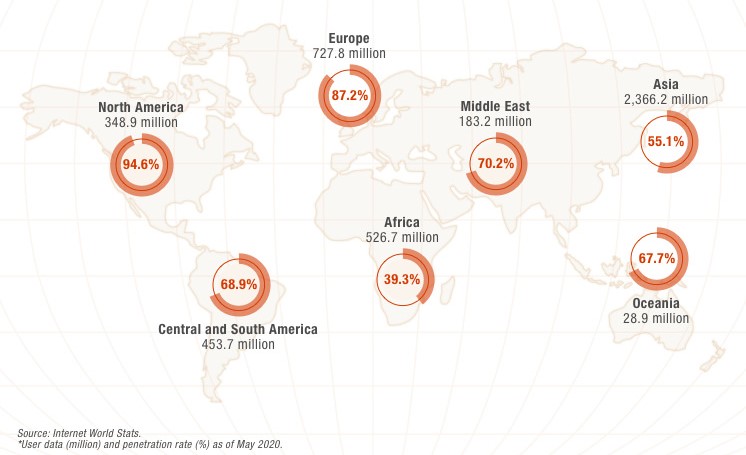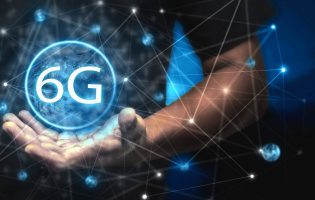“The young people of today will be the developers and users of the new 6G systems in the next decade and we must invest in offering them a solid knowledge base with tools to achieve the best possible outcomes that transform societies.” – Dr. Marja Matinmikko-Blue
6G will be the sixth generation of wireless communications technologies supporting cellular data networks. In 2020, a series of 6G white papers were published. The white paper were written and led by the Finnish 6G Flagship program at the University of Oulu by different research professionals, from universities and research institutes, specialists of sustainable development, to representatives of mobile communications industry and GOs.
In these papers, the connection between 6G and SDGs is discussed, by investigating the existing linkages between the mobile communications and SDGs. 6G is expected to bring new opportunities in order to deal with global challenges. 6G Flagship program forsees a future society towards 2030 Agenda, which is data-driven and enabled unlimited wireless connectivity. Beside technology, 6G has a clear potential to directly contribute to SDGs, by addressing digital inclusion and societal empowerment.
The core principle of the Agenda 2030 is “leave no one behind”, and mobile technologies are the core for connectivity and Internet access. Therefore, they can contribute vastly to the achievement of the SDGs by offering infrastructure and access to digital services that will result in growth, efficiency and sustainability.
Moreover, the launch of 6G communications systems and SDGs, is both aimed for 2030. 6G communications is expected to boost global growth and productivity, create new business models and transform different aspects of society.
Following, by supporting SDGs, 6G aims at taking a leading role by a) empowering the people by providing services and solutions to individuals and society, b) sensing the environment by extensive hyper-local measuring associated to essential indicators and c)strengthening the world by reinforcing the ecosystem according to the SDGs.
The digital divide
Free access to information should be a human right. It is time to enable everyone to participate in the digital society.Inequality to access ICTs affects 52 % of women and 42 % of men worldwide. According to data from the World Stats in May 2020, in Africa only 39.3 % of its inhabitants had Internet access, compared to 87.2 % of Europeans and 94.6 % of Americans.

There have been many initiatives launched prior to 6G, in order to minimize the divide gap. Some are, Digital literacy programs, Alliance for Affordable Internet (A4AI) – aims to lower the cost of broadband in specific areas in Africa, Asia and Latin America. Starlink – launching satellites into space to provide high-speed Internet on global scale at affordable prices,etc.
In the long run, such initiatives will balance the digital gap and introduce society to the digital equality. Access to affordable, high-quality, broadband Internet is a fundamental, common denominator factor for achieving the Agenda 2030 goals.
In conclusion, it is fair to say that including remote connectivity requirements in the 6G standardization process will lead to a more balanced and universal social as well as digital equality. Deficiencies in connectivity in rural areas restrict the use of Internet services and the adoption of new technologies. This severely affects well-being and economic development in the remote areas.With 6G on the horizon, it could be the first mobile connectivity generation that aims to close the digital divide.
References
6gchannel.com. 2020. 6G Channel. Available at: <https://www.6gchannel.com/>.
ResearchGate. 2020. (PDF) 6G For Bridging The Digital Divide: Wireless Connectivity To Remote Areas. Available at: <https://www.researchgate.net/publication/344180482_6G_for_Bridging_the_Digital_Divide_Wireless_Connectivity_to_Remote_Areas>.
RMC Contracting. 2020. ‘6G To Satisfy The Expectations Not Met With 5G’: 6G Flagship Program – RMC Contracting. Available at: <https://rmgcllc.net/6g-to-satisfy-the-expectations-not-met-with-5g-6g-flagship-program/>.


